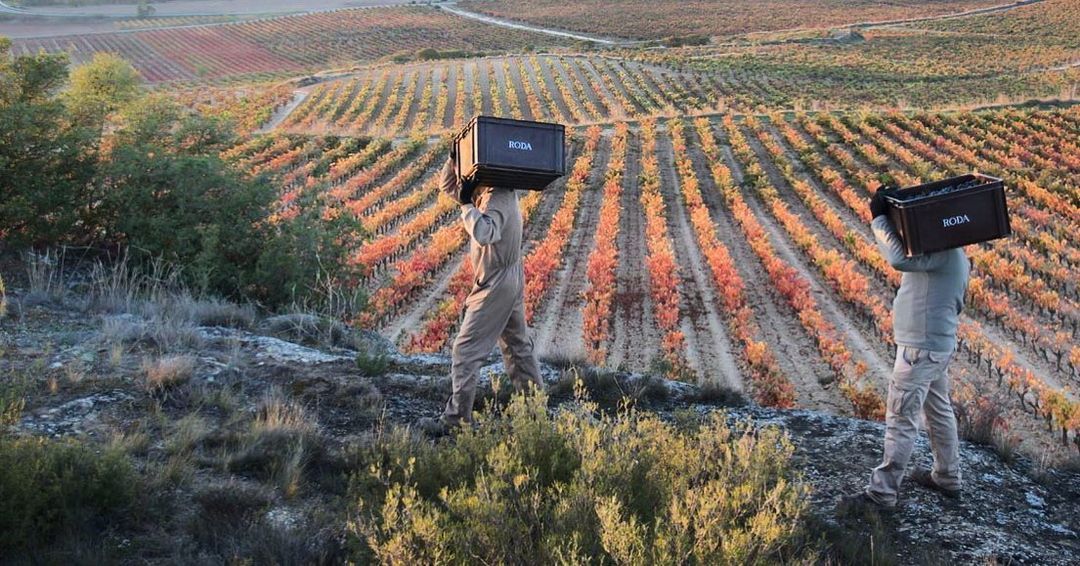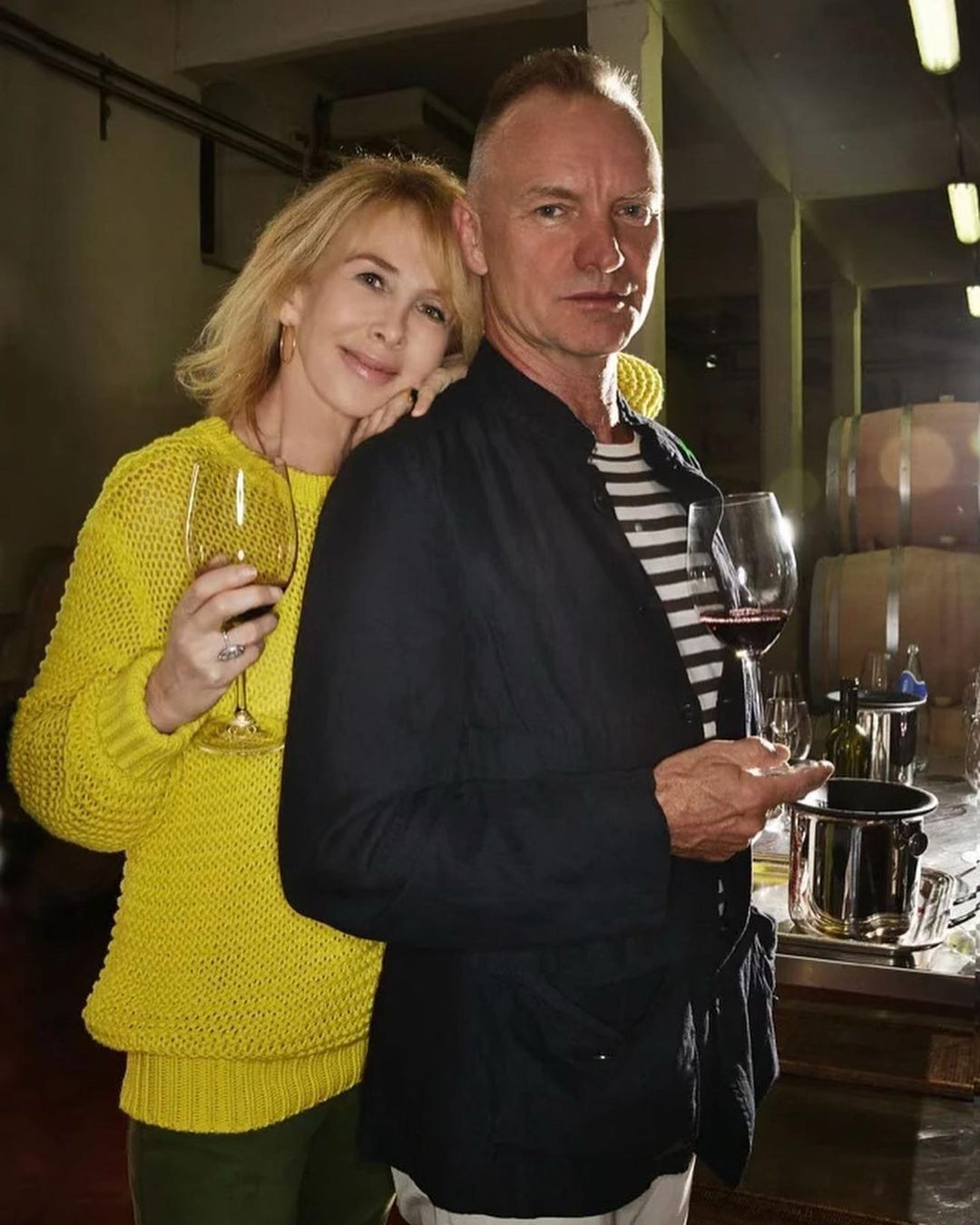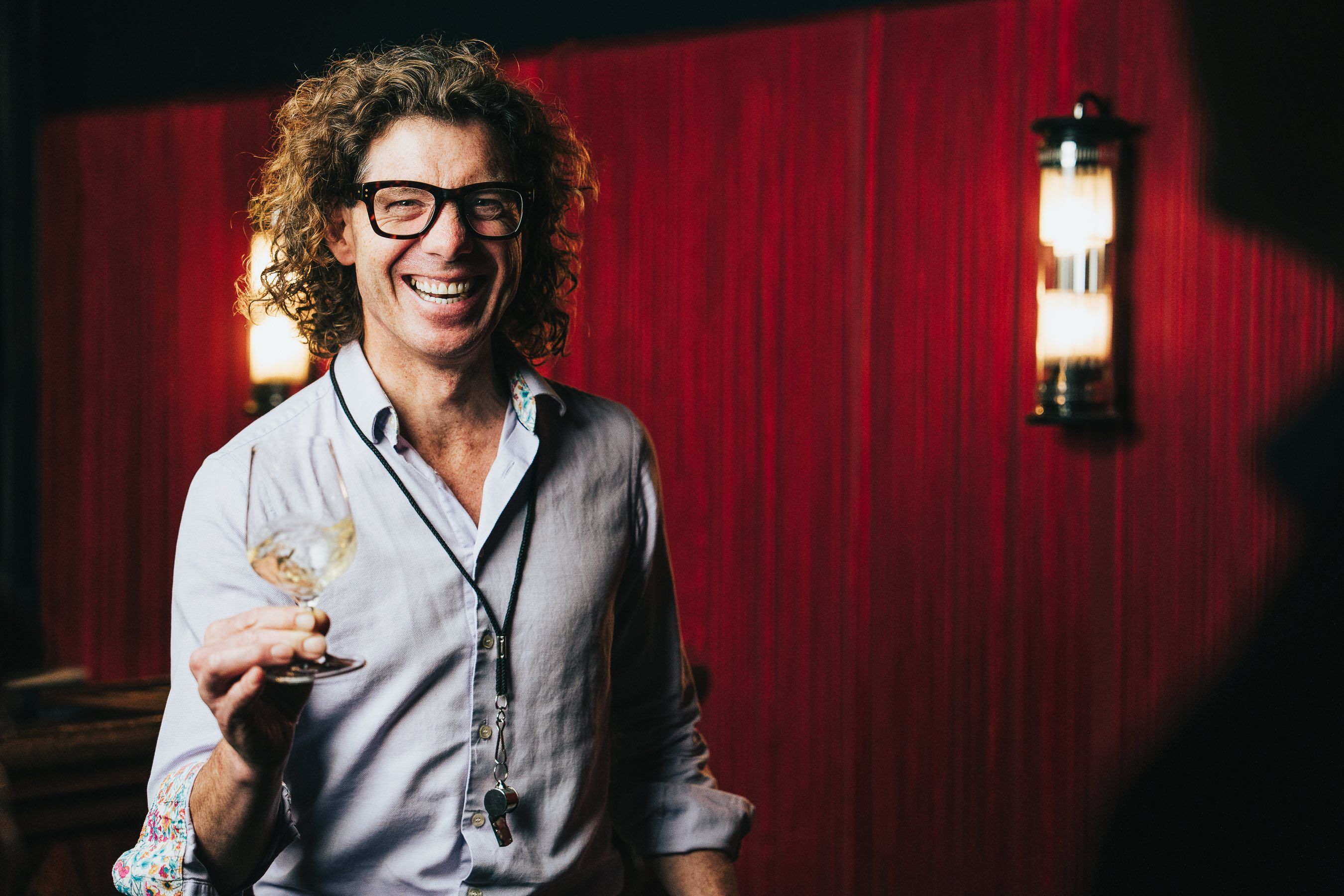“But the big revelation here was the white wine, which I had left in glass over the course of the tasting. After an hour, it had completely changed character – from very good to even better,” writes Keay about the Roda 1 Blanco.
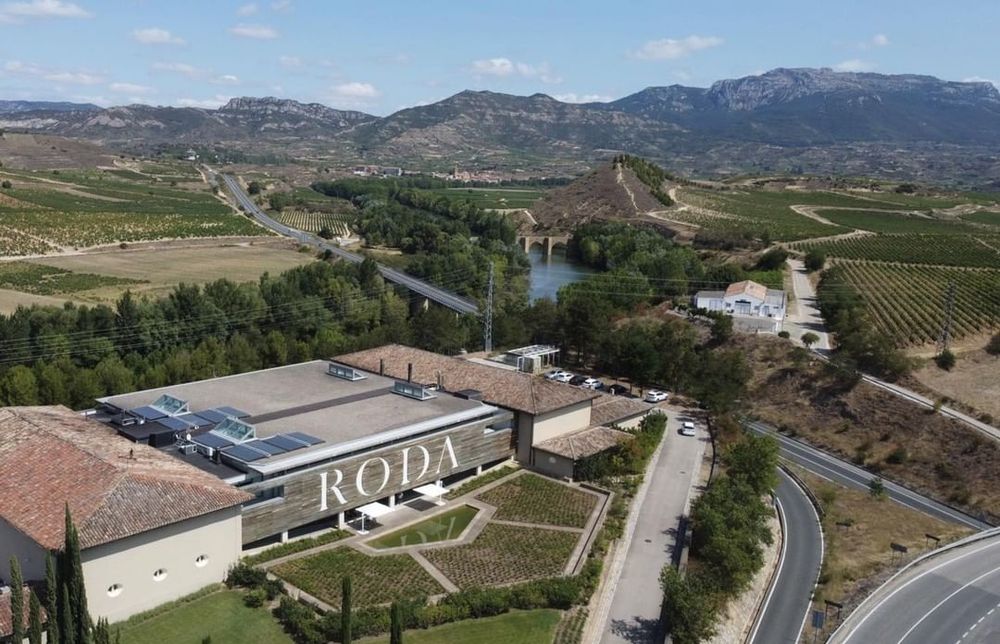
In with the new: Bodegas Roda
These days you hear a lot about the ‘new Rioja’: how the region and its wines have changed and are now longer all about oak; how terroir and altitude are increasingly key; how elegance is favoured over power; how winemakers are turning to Graciano and Garnacha to blend into their Tempranillo-dominant wines, and how white wines are becoming an increasingly important part of the equation.
On these grounds Bodegas Roda, a producer founded in Haro in 1987 but which has become famous since 2006 for its high end flagship wines Roda 1 and Cirsion, is textbook new Rioja… but with quite a few differences that make it stand apart from other quality producers here.
By local standards Roda is a medium-sized, sustainable estate with around 400,000 bottles produced at its new state-of-the-art winery (fully renovated three years ago, enabling individual vineyard vinification and winemaking with minimum intervention), where alongside its flagship wines made with grapes grown on 30 year old bush wines, it makes Roda Sella and Roda Reserva. A firm commitment to consistency, coupled with recognition of climactic and other conditions, and very low yields, reflects a core underlying winemaking philosophy.
Talking of Roda 1, sales director Victor Charcan says:
“The core of the wine is always dark fruit, plums, black cherry and liquorice – but we always want the vintage to shine.”
To demonstrate just how it does, Charcan and Roda’s director general Agustin Santolaya showed a range of Roda’s top wines in London’s West End. The wines included the (just-about-to-be-released) Roda 1 2017, Roda 1 2007, and Roda 1 2004; two wines from Roda’s Ribera del Duero operation, Corimbo 1 2016 and 2015, and two vintages (2019 and 2007) of Roda’s mega-scarce highest end wine, Cirsion.
Tasting the new Roda 1 Blanco
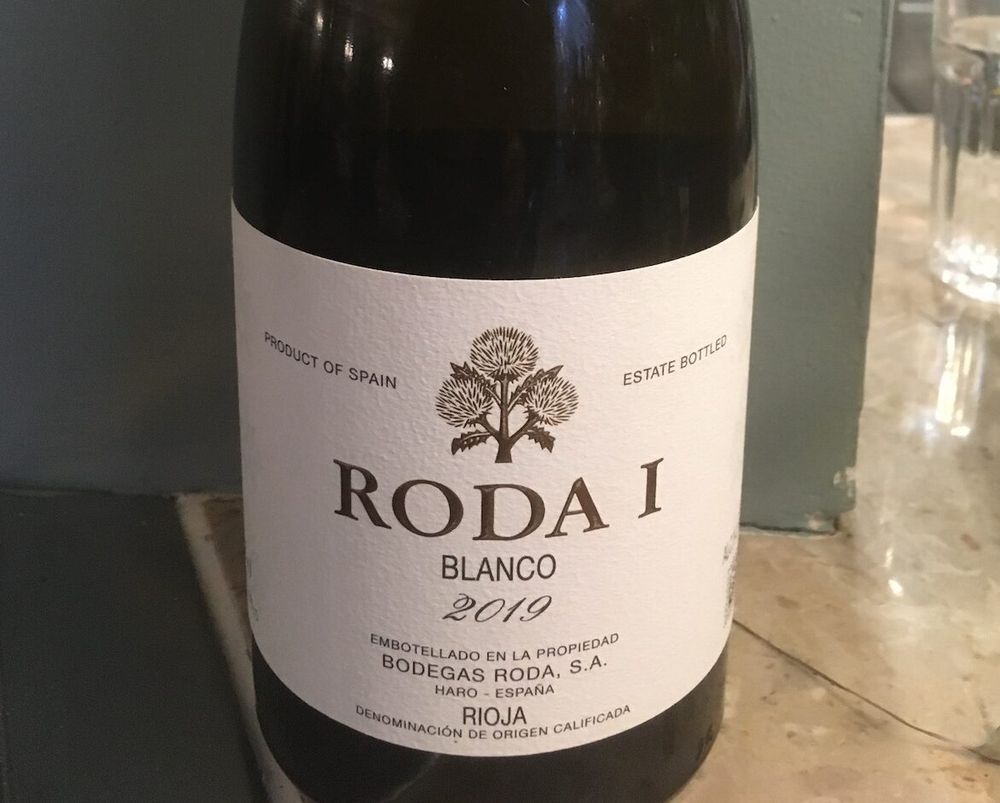
Roda 1 Blanco: limited production with plans for expansion
But first off, something of a wonder: the winery’s just released Roda 1 Blanco 2019, its first ever white made with fruit taken from different plots around Haro, many from old vines growing on the “sandstone soils that we love,” says Santolaya.
“We wanted a new type of wine, a food wine rather than a fresh tropical white, not made in the oxidative style but with freshness and acidity and some good ageing potential – that’s why we’re showing it now, as we go into autumn,” he continued.
Aged in two types of French oak for 18 months and then in bottle, Roda 1 Blanco 2019 took three years from harvest to bottle. This was a delicious, highly textured medium weight wine on first tasting, with great balance (90% Viura, and 10% each Malvasia Blanco and Garnacha Blanca) moderate acidity, with clear notes of quince and pineapple on the palate.
And so onto the reds

So onto Roda 1 2017, from what Santolaya and Chancan admit was a very different year to 2019: after some late April frosts, it was very hot and dry, leading to a record early harvest (Sept 4 though this year’s harvest on Sept 6 ran that a close second). As with other Roda 1 vintages, the wine comes from grapes grown in 14 different Tempranillo plots, is a multi-plot blend of predominately Tempranillo with some Graciano and Garnacha and a 14.5% abv you don’t really taste, because of the balance and elegance. There’s lots of dark berry fruit here, great concentration and nice firm tannins – though of course, it’s still very young.
“I think it will evolve very nicely,” says Santolaya.
Which the 2007 and 2004 Roda 1 very much had, already. 2007, a rainy vintage, is showing very well despite a rainy start to things that year, with fears of mildew dispelled by subsequent long periods of fine weather: there’s lots of acidity and freshness here whilst the 2004 – from what Santolaya reminds us was a classic vintage – showed perfect balance, matching precision elegance and power, but still with the potential to surprise us further, given more time.
We moved onto the Corimbo 1 wines, new to me although Roda has been producing in Ribera del Duero since 2009, determined, in Santolaya’s words, “not to make Rioja in Ribera” but to respect that region’s very different climate and terroir.
“It may only be one hour’s drive from Haro to Ribera but they are very different worlds. We wanted to show the terroir and the sand which is typical here but avoid three excesses which can afflict wines from here – we don’t want too much ripeness, or too much oak and too much maceration, with tannins overwhelming the fruit,” he says.
Both these wines showed success on this score, the 2016 very balanced with lots of dark and red berry fruit to the fore on the palate, whilst the 2015 was more rounded and powerful, reflecting the hotter and drier conditions typical of that year in Ribera.
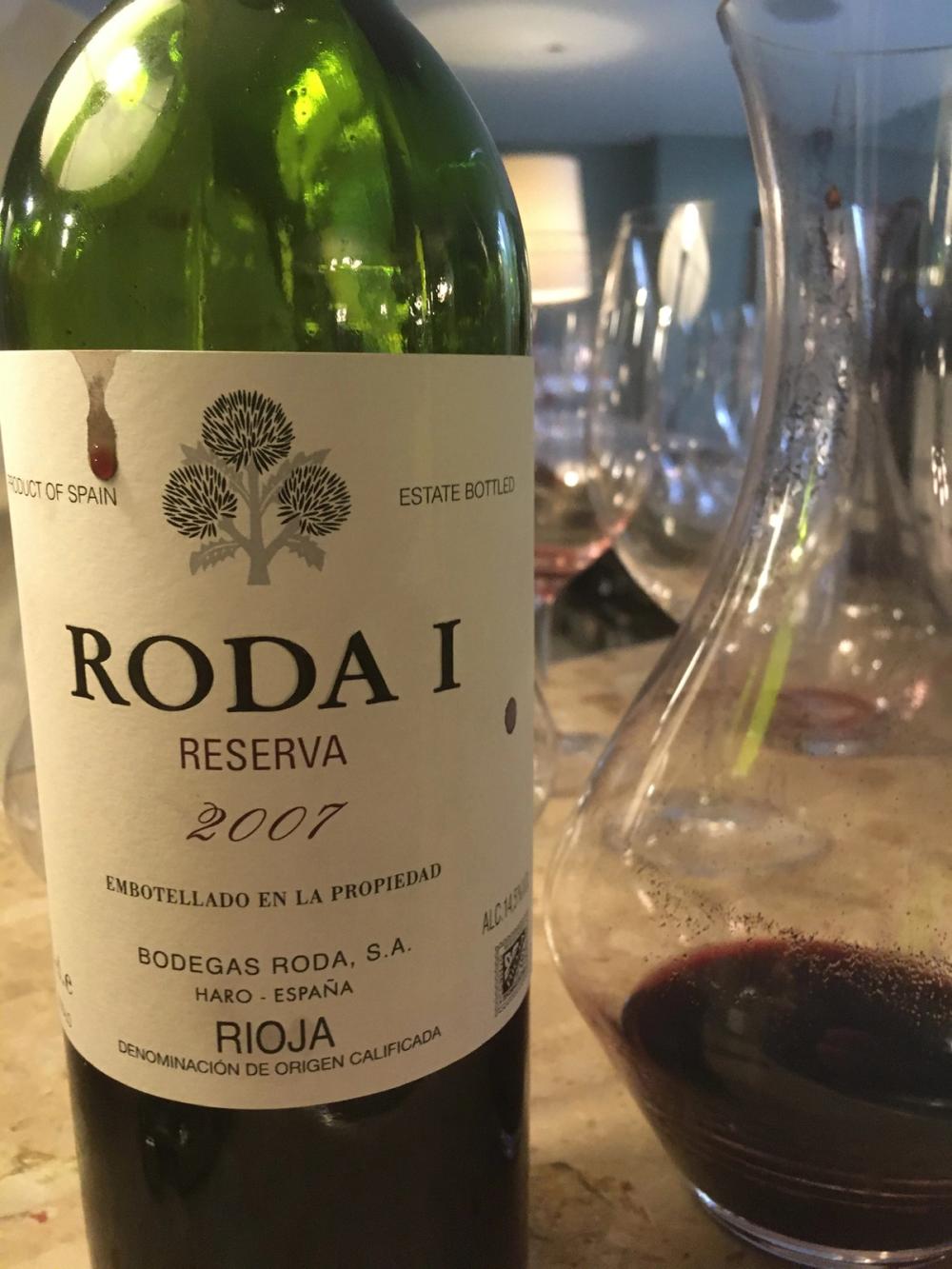
Roda 1 2007: acidity and freshness
Cirsion – surprisingly elegant
And so to the mega premium Cirsion, of which typically only 5000 bottles a year are produced – and such is Roda’s commitment to quality ensuring only the very best grapes go into the wine, it isn’t made every year. Both the 2019 and 2007 were showing well the former in spite of its youth, the latter despite its age – this was still a very fresh and vibrant wine. Which actually threw me off balance altogether; with Cirsion, Roda wants to show a full expression of Tempranillo so I was expecting something much bigger and more powerful than what this actually is, which is an elegant, silky and rather profound wine, with blueberry and casis on the palate, quite light and very much not showing its 14.5% alcohol. A more expressive and softer counterpart to Roda 1 – which made it something of a surprise to me anyway, believing that with wine you usually get a bigger and more obvious bang for your buck.
But the big revelation here was the white wine, which I had left in glass over the course of the tasting. After an hour, it had completely changed character – from very good to even better – with a continuing evolution that led to a rich sumptuous mouthfeel – very grippy and characterful, with mineral and chalk flavours coming through clearly on the palate.
The only problem with Roda 1 Blanco is that there’s so little of it – fewer than 4000 bottles of the 2019 were produced, and whilst there are plans to increase this to 25,000 bottles getting there might take some time: demand for quality white vines is high, reflecting the rising demand across the region for white wine but Roda’s exacting standards will make finding the right plots all the tougher.
“We’re very pleased with this wine: it has a great future ahead of it,” says Santolaya.
As does the red Roda 1 and the rest of the wines here, which demonstrate a confident and dedicated producer firing on all cylinders right now.
The wines of Bodegas Roda are imported and sold in the UK by Mentzendorff, which is a supplier partner of The Buyer. To discover more about them click here.
